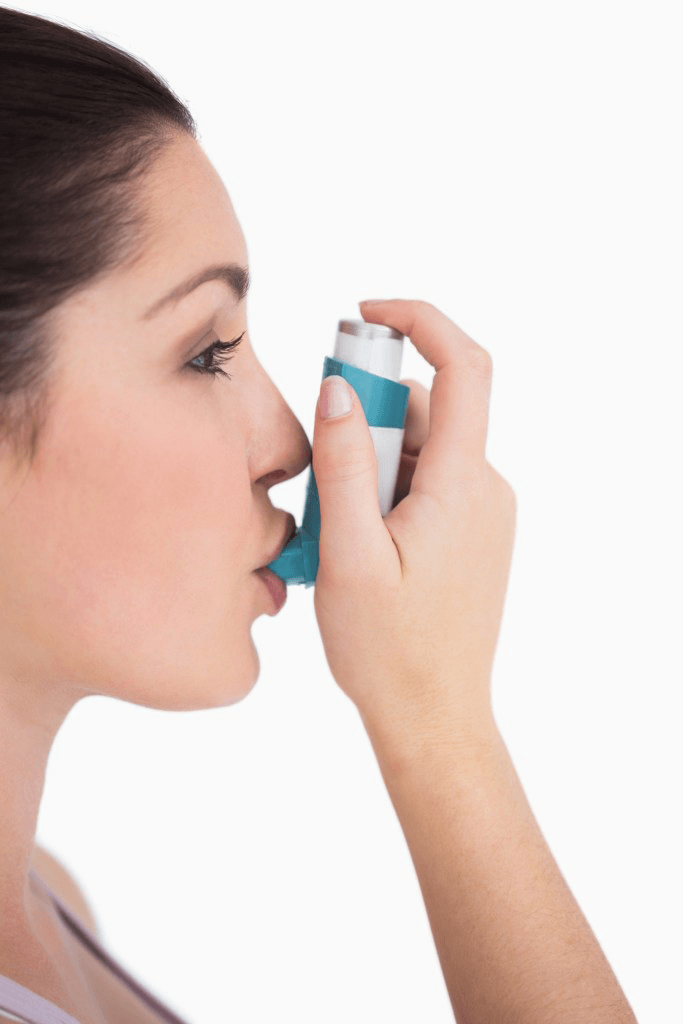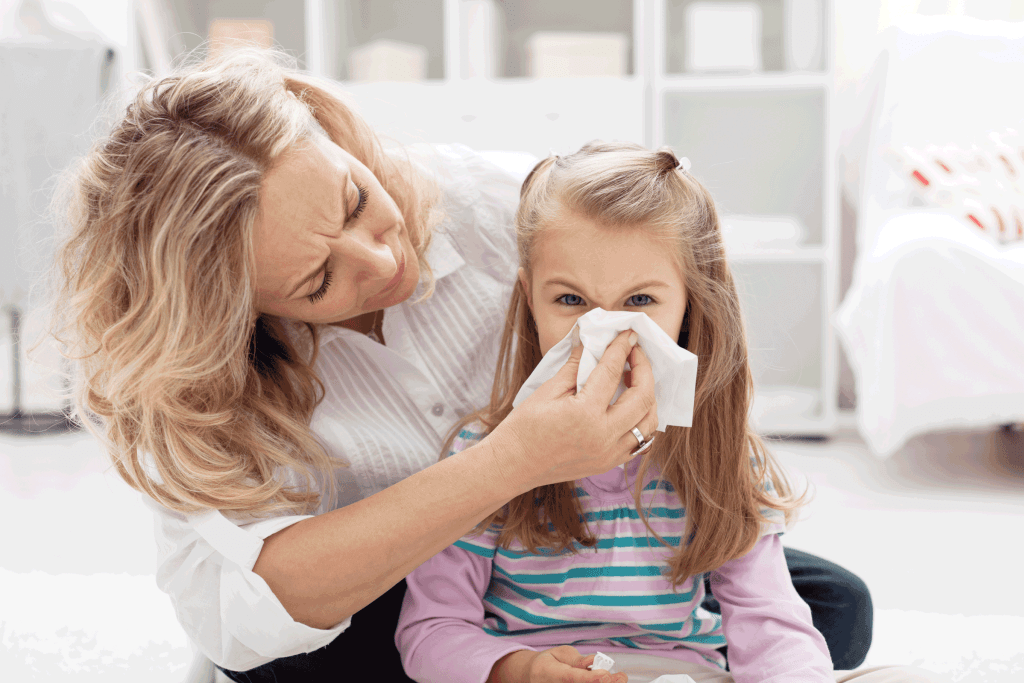Air that cares
There is definitely no time to waste when it comes to protecting the family by providing them with quality air that they can breathe any time, all the time. There’s no question about that.
It is always best to think of spot-on ways to help improve indoor air quality because admittedly, not all homes in the US can ever surely say that air quality inside their homes are breathable and are free from dangerous contaminants.
The US Consumer Product Safety Commission or CPSC said that in the last several years, scientific evidence boldly showed that “the air within homes and other buildings can be more seriously polluted than the outdoor air in even the largest and most industrialized cities.”
The group also pointed to other research that indicates that people likely spend approximately 90 percent of their time indoors. “Thus, for many people, the health risks may be greater due to exposure to air pollution indoors than outdoors.”
Given this, it would be best to take action immediately! Bringing fresh air into our homes to improve indoor air quality and get rid of dangerous household contaminants should be a matter of household priority.
How to do it?
Get closer to nature
We know that trees, aside from helping prevent soil erosion, suck all the carbon dioxide wafting through air and replacing it with life-giving oxygen.
No, it’s not about planting trees inside the house but more of putting houseplants in. Just like trees, they draw in the carbon dioxide and let out oxygen. They’re natural air filters so people—even animals—breathe easier. They can help make your home fresh looking, more natural aside from making it pretty.
Some of these houseplants you may want to consider are the Aloe Vera, the English Ivy, Bamboo Palm, or Red-edged Dracaena. They’re all nice looking, low maintenance, and generally air-purifying plants according to the National Aeronautics and Space Administration (NASA). The Aloe Vera plant, for example, also helps soothe cuts and burns, and is even made as a refreshing drink, too. The Rubber tree releases oxygen at night compared to others, while the Bamboo Palm and Red-edged Dracaena removes benzene and trichloroethylene, xylene and formaldehyde from the air.
Keep windows open, and floors clean
Draw in fresh air into the home to improve air quality by keeping your windows open. It’s better to breathe natural air to give you both that physical and psychological contentment.
Also, try to keep the floors clean. Whether you mop, vacuum or use doormats, it doesn’t matter. Cleaning the floors help you remove microscopic particles, which may soon end up in the air if you ignore cleaning, and pretty soon end up in your lungs.
Take care of your Furnace Blower
Turn on your furnace blower to keep air quality at ideal and healthy levels inside the home as the furnace blower helps re-circulate the air.
You may also want to consider putting a filter system with UV lights to get rid of bacteria and molds and clean the air up to 90 percent better for ideal indoor air quality. But be sure to have your furnace serviced regularly so it can clean your air efficiently and effectively.
Change air filters regularly
Yes, air filters in your home’s heating or cooling system help rid your place of dust and other invisible, microscopic-size particles that’s dangerous to every one’s health. But a dirty and clogged one could make indoor air quality worse as well.
Just change the air filter monthly regardless of the season and choose the best type of filter. A clogged filter not only drives up utility bills but it also re-circulates the dirty air it is supposed to collect and filter out back into the home. So, once you hear a sneeze or wheezing, especially those with asthma and other respiratory conditions, it’s a sign to check your air filter.
Keep humidity levels in check
That is why it is recommended to open your home’s windows to let fresh air in, especially if your home is a hub of activities, like cooking, for example, and keep humidity levels in check because high humidity breeds mold and other bacteria that can contaminate household air.
Recommended indoor humidity levels, says the Environmental Protection Agency, should be 30 percent and 60 percent to maintain good indoor air quality.
Make the invisible visible
The enemy here can’t be seen as they are purely gas or microscopic particles but can affect anyone’s health. They need to be identified first so that the perfect plan of action can be put into place. No expensive humidifiers or air purifiers can do the work. It has to be an indoor air quality monitor that has proven efficiency and effectiveness in identifying harmful air pollutants inside the home or even the office so we can adapt and take the necessary plan of action.
The uHoo smart indoor air quality monitor is both sleek and eye candy to some because of its unassuming size, but its power and capability in checking the quality of the air we breathe cannot be ignored.
With its world’s best uHoo Virus Index and its 1-10 scoring system, each harmful pollutant in the air can be determined, whether its dust, pollen, carbon dioxide or carbon monoxide and other airborne viruses, including the corona virus type. That way, coupled with home improvements proposed above, we can take care of our family to assure that the air everyone in the house breathes is perfectly safe.
That way, we surround ourselves with air that cares for our health.






